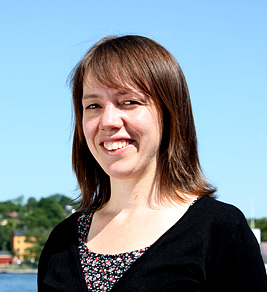The Nordic countries continue to experience the impact of the long term demographic trend of migration from rural areas and smaller communities to larger towns and cities. In addition, the share of the Nordic population aged over 65 is increasing. Ageing population is especially pronounced in areas outside the largest city-regions. Depopulation and having relatively fewer people in working age is expected to have a severe impact on many Nordic municipalities causing additional problems with the future provision of welfare services. In addition, these municipalities face challenges when it comes to accessing the labour force especially in the welfare sector. Moreover, while population decrease imposes particular challenges to rural and peripheral areas, the large city-regions in the Nordic countries are experiencing significant population growth, bringing an altogether different set of challenges.
At the same time, the nuances in this general picture need to be acknowledged given, primarily, the continuing strongly positive fl ow of international migration. All municipalities in the Nordic countries experience an in-migration of people from abroad. Indeed, in Norway in particular, migration from abroad has clearly contributed to population increases in rural and peripheral areas. The major demographic trends in the Nordic countries can be summarised as follows:
- Concentration of the population to urban areas has resulted in significant differences in population structure between growing urban areas and sparsely populated rural areas. Th is has led to new regional imbalances in the availability of and demand for labour.
- Stagnation or reduction of the workforce. The younger generations are not large enough to fully replace those leaving the labour market.
- Strong increase in the share of population aged over 65 and within the next 30 years there will be an increase in this age group in all the Nordic countries.
- Gender imbalance in many Nordic municipalities and regions. The general pattern is more women than men in urban areas and more men than women in rural and peripheral parts of the Nordic countries.
In this report, we study how national level policies in the Nordic countries aim to address the main demographic challenges faced. The report focuses on those policies that address demographic challenges specifically from a territorial perspective. The report covers each of the Nordic countries plus the autonomous areas of Åland and the Faroe islands. Greenland is not included in this policy overview because the Working Group does not have a member representing Greenland.
Related Staff
Related Research Projects
Related Publications
- Demographic changes, housing policies and urban planning
- Demographic trends in the Nordic local labour markets
- Addressing the issue of demographic vulnerability
- How To Meet Demographic Changes
- Local and regional approaches to demographic change
- Demography in the Nordic countries – A synthesis report
- Nordic ways of dealing with depopulation and ageing in rural and peripheral areas
- Local development initiatives
- Nordregio News Issue 3 2013: Nordic Population Ageing – Challenge and Opportunity?
- Nordregio News Issue 2 2013: Gender Equality for Regional Growth
- Nordic perspectives on demography
- Att möta demografiska förändringar
- Terra Nordica: The Nordic Land-Negotiation Game





